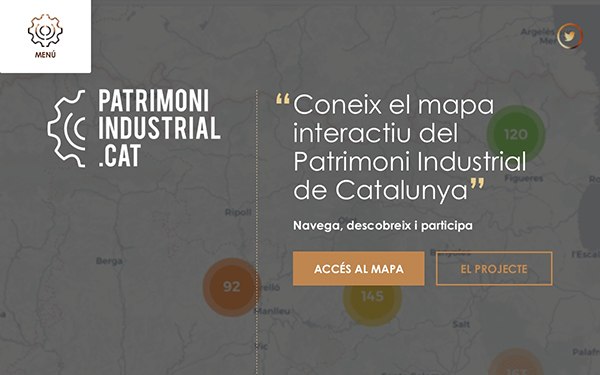PatrimoniIndustrial.cat: un catálogo digital georreferenciado sobre el patrimonio industrial de Cataluña
Objectiu: presentar el catàleg digital georeferenciat sobre patrimoni industrial de Catalunya PatrimoniIndustrial.cat.
Metodologia: en primera instància es presenten les diferents iniciatives portades a terme fins al moment per estudiar conjunts temàtics d’elements del patrimoni industrial català. Aquestes iniciatives s’incorporen al projecte a mode de casos d’estudi. A continuació, es descriu l’estructura sobre la qual s’ha construït la base de dades del catàleg digital georeferenciat. La informació incorporada es classifica en dues taules. La taula principal conté les dades bàsiques que identifiquen unívocament cada element. Les taules complementàries mostren informació addicional procedent de fonts documentals diverses, com ara arxius fotogràfics, hemeroteques digitals o registres bibliogràfics. Tota aquesta informació es pot visualitzar des d’un mapa interactiu on s’ubiquen els elements patrimonials de forma georeferenciada.
Resultat: es descriu la pàgina web de nova creació: www.patrimoniindustrial.cat. La presentació s’acompanya d’una descripció guiada a través de les diferents seccions, així com les opcions de navegació i contribució participativa ofertes.


